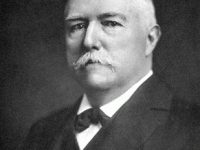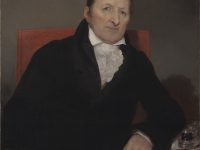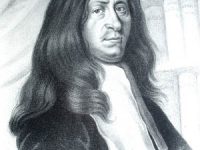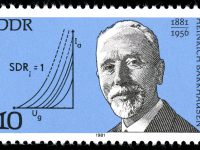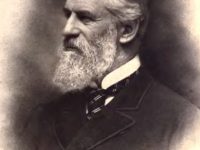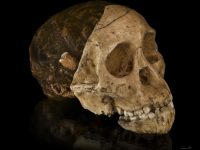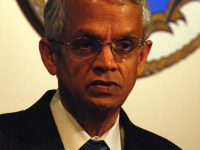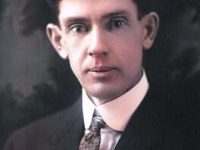Edward Barnard and His Love for Celestial Photography
On December 16, 1856, American astronomer Edward Emerson Barnard was born. Barnard is best known for his discovery of the high proper motion of Barnard’s Star in 1916, which is named in his honor. He also pioneered in celestial photography, specializing in wide-field photography. Early Life Edward Barnard was born in Nashville, Tennessee, the son of Reuben Barnard and Elizabeth Jane née Haywood. His father died before his birth, and the son grew…
Read more

